Taught by Emilio @eyesofanomad
Good lighting can transform a photo from ordinary to extraordinary.
Lighting is one of the first and most important things to consider in every single shoot, and not just when it comes to dramatic shadows or beautiful light rays. If you don’t have good lighting or know how to work with the one you do have, it will be tough to get a shot that you’re going to be proud of. Remember that at the end of the day, an image is made by your camera recording light, so the lighting conditions have a massive impact on the end result, even if everything else you do is the same.
Many of the most common photography mistakes have to do with lighting - from shooting in flat, uninspiring light and then wondering why your image looks a bit ‘meh’ to blown out skies and harsh light hitting all the wrong spots when you’re shooting portraits.
In this lesson I’m going to teach you what to look for, how to find the best lighting, and how to work with the lighting you have, so that you can start to take better photos.
When we talk about light, we often refer to it as soft light or hard light based on the strength or brightness of the light and how diffused or directional it is.
Soft light is more evenly diffused or spread out - it tends to put a smooth glow everywhere, without any obvious or dramatic shadows. We get this naturally early in the mornings or late in the afternoons, or when it’s a bit cloudy outside. On the other hand, harsh light is more like the sun on a bright clear day - it casts sharp shadows, and there is a clear distinction between where the sun stops and the shadow begins.
Light can also have a temperature. It can be warm or cool, depending on the light source. You know that gorgeous sunset glow? That’s the temperature of the light, and it can significantly influence the feeling of your image and any subject that it’s lighting up. The color of the light also depends on what else is in the environment. If you’re shooting a photo next to a big swimming pool there might be a blue cast on the light, and if you’re standing in a garden, you might have a green cast.
There’s no limit on how advanced and technical you can get when it comes to lighting. I’ve done courses that spend hours on the science of lighting, looking at things like the mechanics of light - looking at angles and diffusion, artificial lighting setups etc. It’s a bit of a minefield to be honest, but for now, let’s focus on the basics that will make a huge impact on your photography.
So many photographers live their lives by sunrise and sunset and specifically by a period that we call ‘golden hour’. Golden hour is the hour after sunrise and the hour before sunset where you generally get a warm and soft glow across the sky. It’s incredibly flattering for both portraits and landscapes, it’s easy to work with, and yes, it’s actually worth getting out of bed for at an ungodly hour, when you would much rather be sleeping.

Another advantage of the golden hour is that you tend to capture everything in frame. Nothing is totally blown out or too dark, which can often happen when you’re trying to shoot in the middle of the day. It’s easy to shoot in soft light, even with really basic entry-level gear.
Before sunrise and after sunset, we have ‘blue hour’, which gets its name from the cool tones you get when the sun hasn’t risen, but it’s no longer dark outside. The blue hour can make for some really moody shots with cooler temperatures and saturated colors, so it’s also popular for landscapes. If you’re shooting in a city, this is also a time when it’s bright enough to shoot but street lights and car lights are still on, which can make for some cool effects.
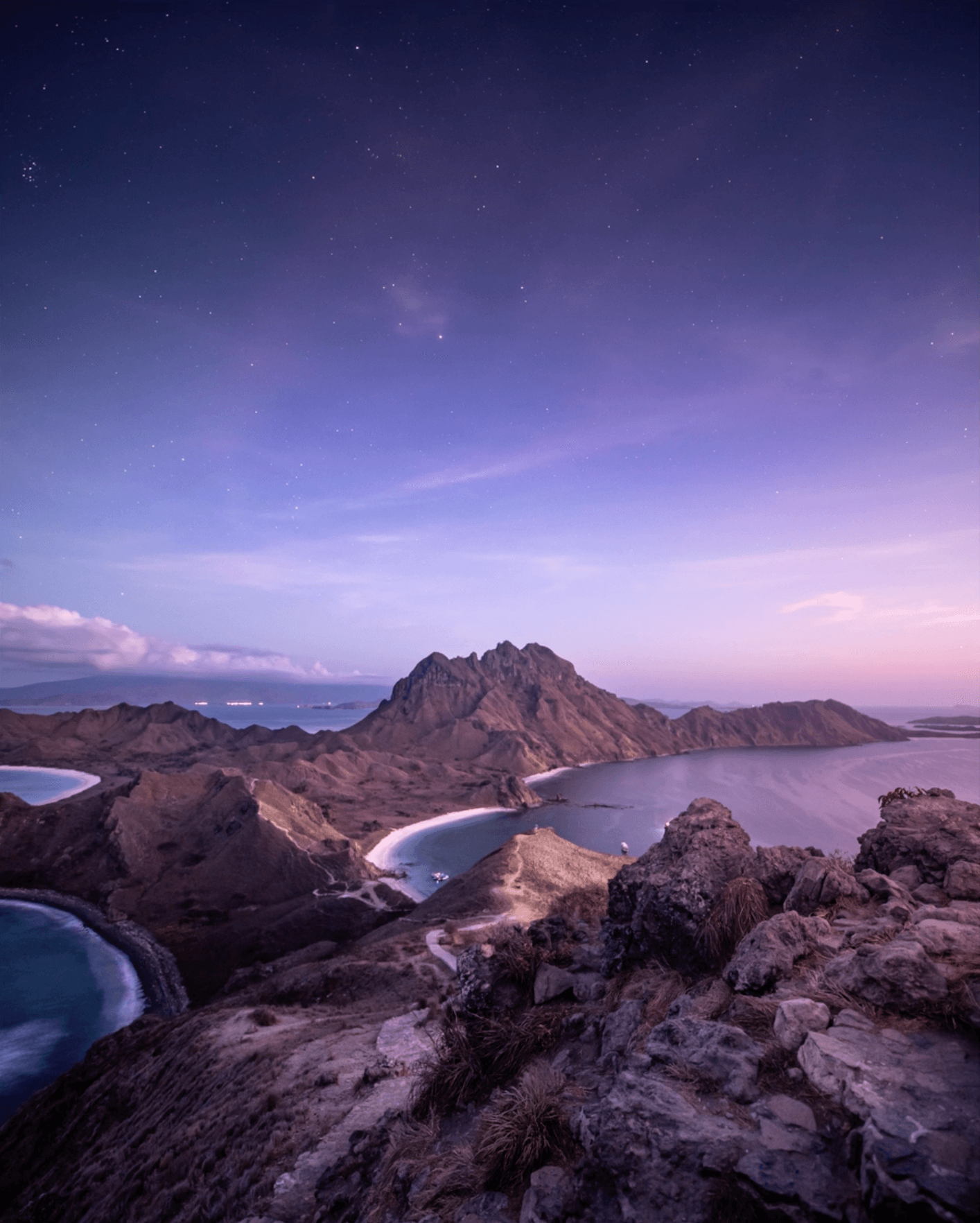
One of the best things about soft light is that there are no harsh shadows, the light just blurs softly together, allowing our shot to have a bit of a magical feeling. It’s great for skin tones and tends to smooth wrinkles and make our subjects look a bit younger.
Tip: try to arrive at your location at least 30 minutes before the blue or golden hour period and know that you might have an hour or less to catch it. The light can move very quickly sometimes!
After learning all of the advantages of soft light, you might think that it would just be a rookie mistake to shoot in harsh direct sunlight. But you would be wrong because in photography there is a place for everything. The important part is to understand how to work with harsher lighting conditions. Hard light isn’t inherently bad, in fact, you can get some incredible results with more strong, directional lighting if you know what you’re doing. It can be great for product photography, food photography, playing with shadows, and dramatic portraits.
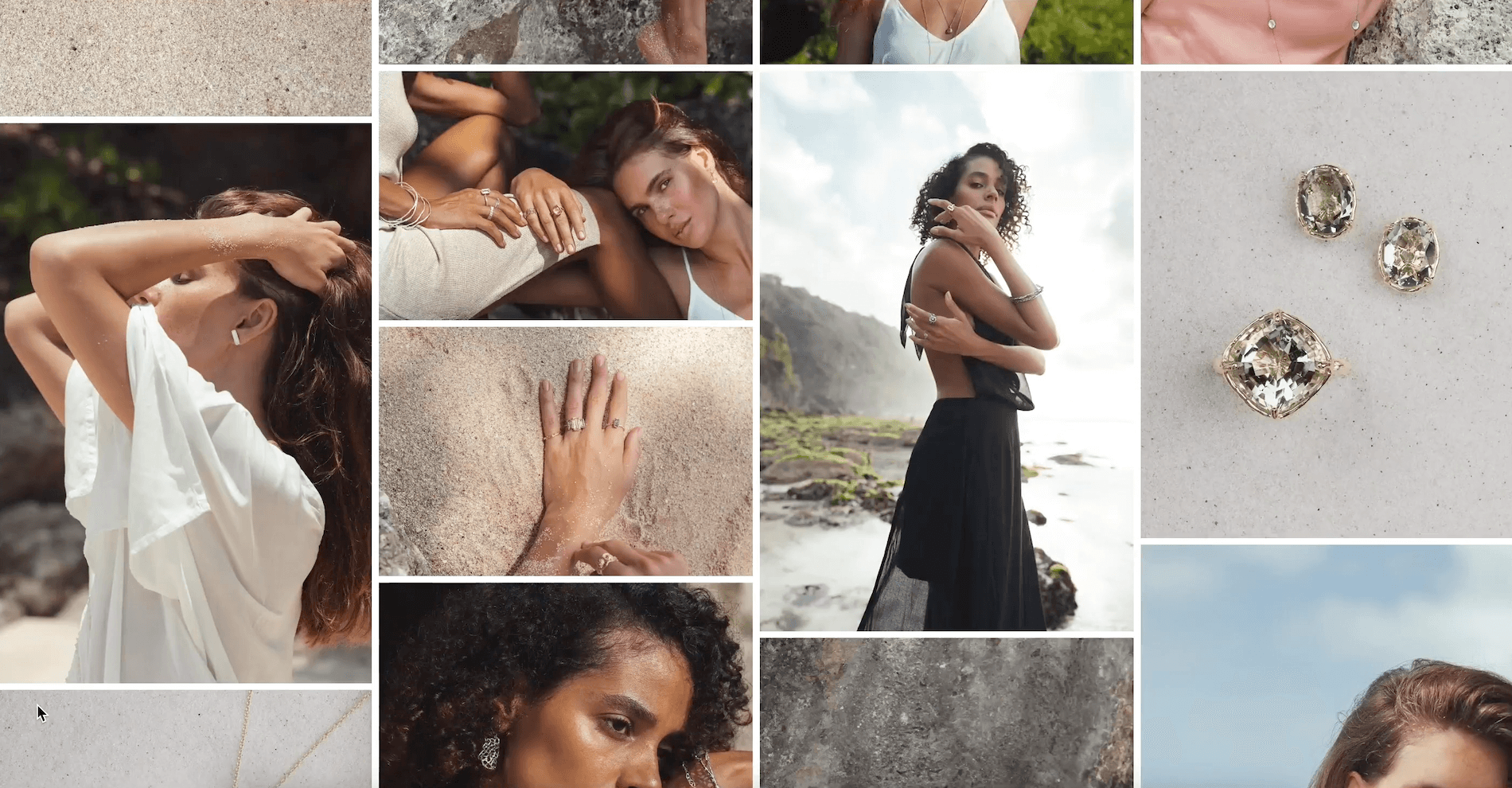
When you’re working with hard light, you need to think about the direction of the light and the shadows it’s going to create. When the sun is reasonably low in the sky, you get long shadows, and the source of light is coming in from the side. When you shoot in the mid-day, the light is coming from right above, and if you don’t know what you’re doing can end up with some unflattering shadows, like “raccoon eyes” where your eyebrows cast a shadow, giving you dark circles under your eyes.
For now, the most important takeaway is to be intentional about the lighting you work with - do you want bright light and dramatic shadows, or would you prefer a soft, even glow? From there, you can choose your timing appropriately.
A common frustration of beginners is having a blown-out sky or background and trying to shoot areas that are really bright and really dark at the same time, meaning there’s a lot of contrast in the image. For example, shooting indoors and still being able to see through a window with strong contrasting light outside.
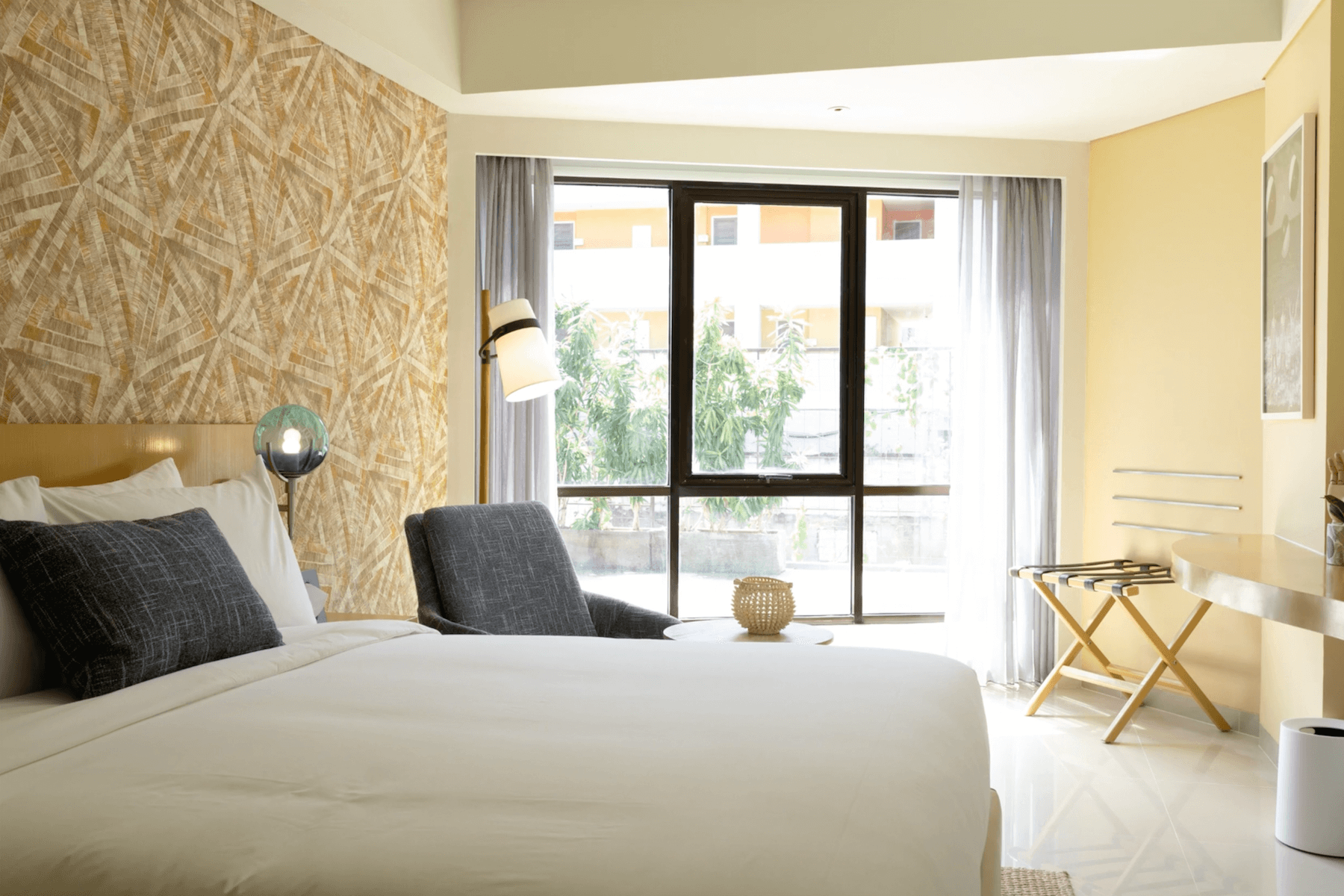
Now we could correctly expose the image, but that gets trickier when you’re working with a scene that’s really bright and really dark at the same time. How well your camera can handle this is known as its dynamic range - the ratio between the brightest and the darkest regions of a frame of an image and how much each area the camera can process without losing data.
The dynamic range of a camera can vary dramatically. A budget-end camera might only have 8 stops of dynamic range, while in a high-end camera it can get to 12 and even 16 stops. The bigger the dynamic range, the better the camera can shoot in higher contrast environments without losing the detail.
Tip: when you first get your camera, try to go out and push it in a contrasting environment, then take different shots to work out the limitations of your gear.
We were recently just shooting a big hotel job, working with really challenging lighting conditions and didn’t have control over what time we could shoot. This is what the space looks like in the middle of the day:
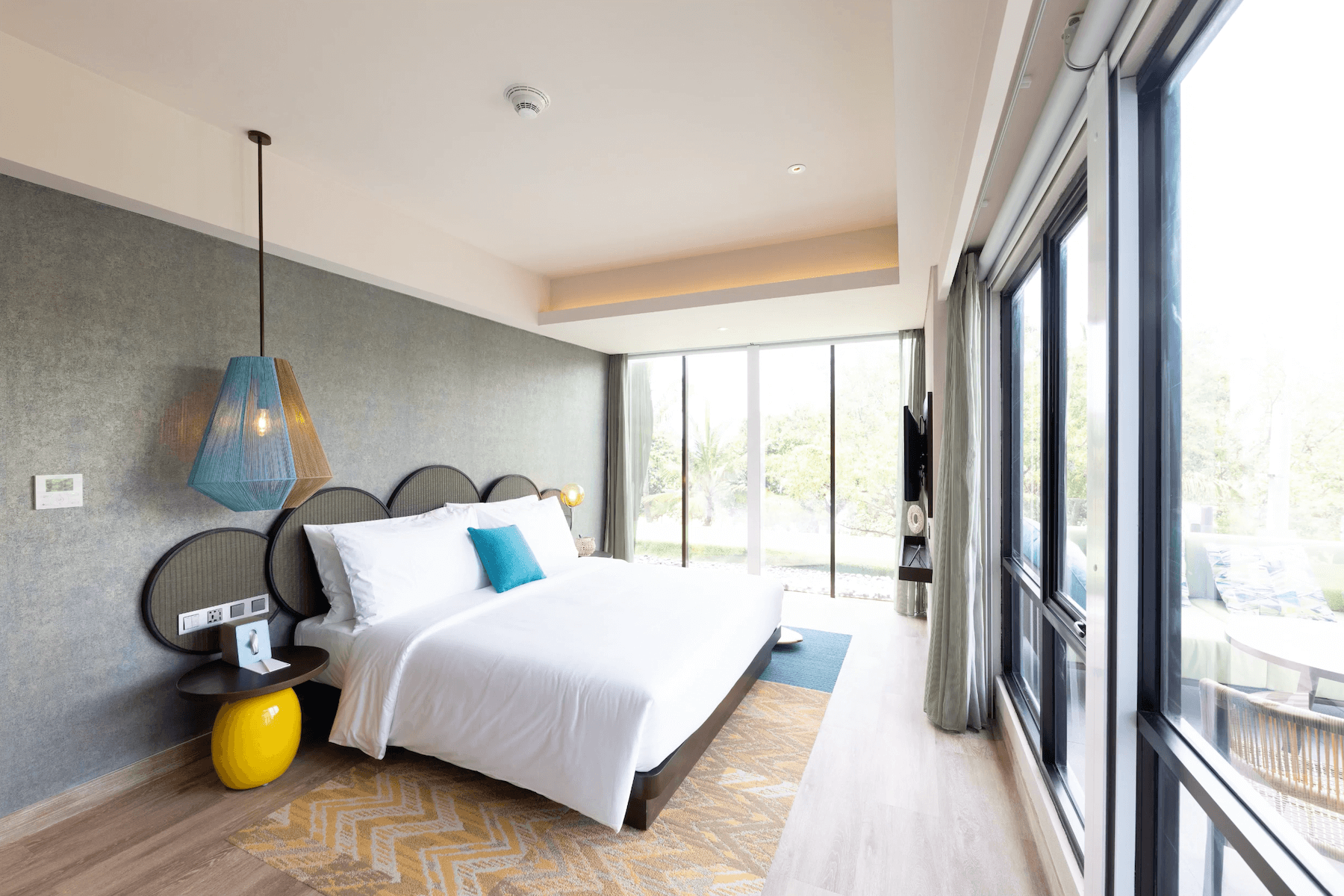
To fix this, I had to use a pretty advanced time consuming technique called high dynamic range (HDR), which basically involves using a tripod to shoot around a dozen shots from a single location with different exposures. And then at the same time, I have my assistant running around with artificial light, creating bursts of light in certain areas. Then once all of that was done, I would put that all into Photoshop, merging all of the layers together. And then I would “feather out” all the layers so that all the lighting was even.
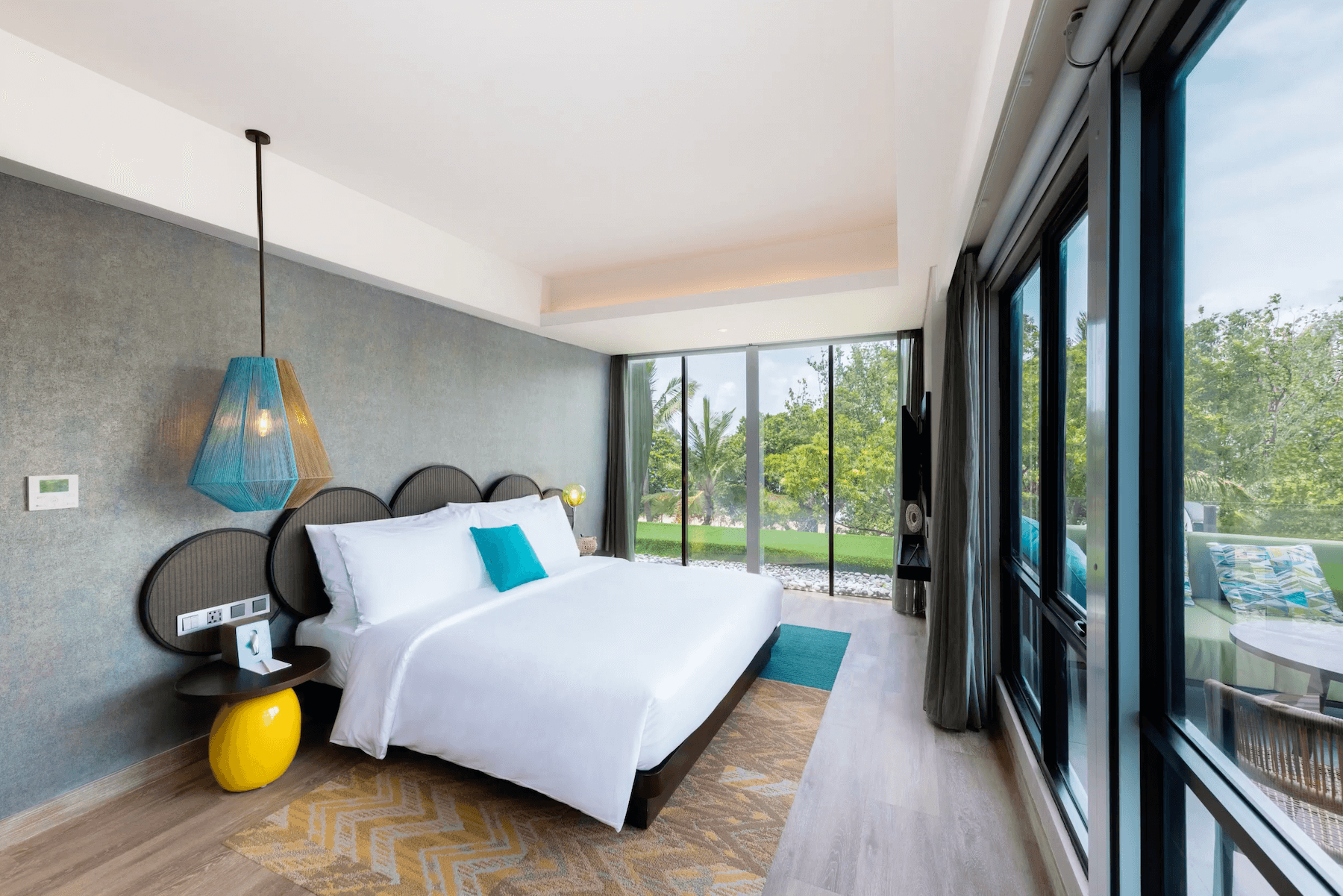
So even though the outside looked completely blown out, by the time I’d finished it, you could see outside and you could see inside perfectly.
Frontlit lighting is a technique where you have your subject facing the direction of the sun, which is probably what you’ll use most as you want that beautiful soft light hitting their features.
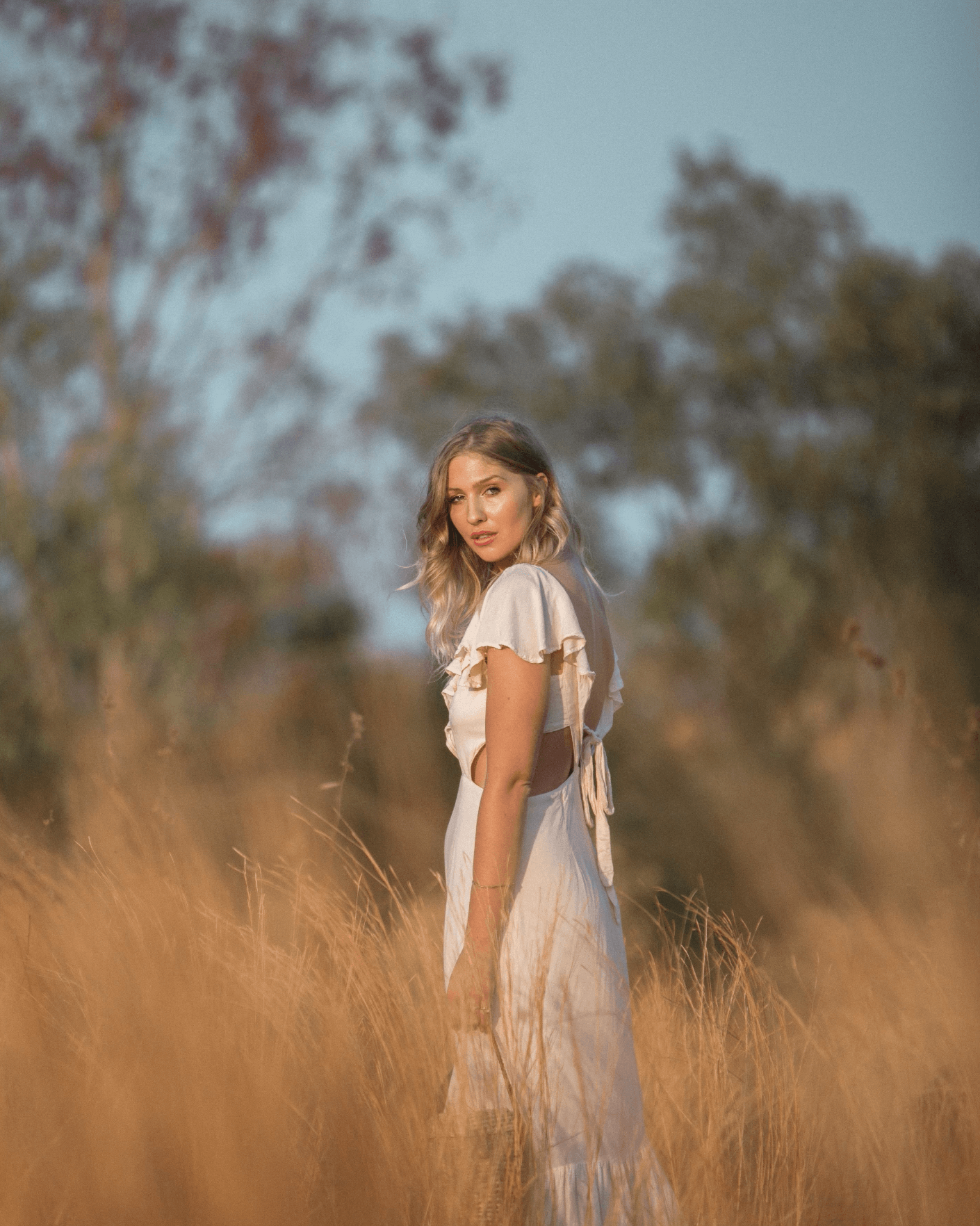
While backlit lighting is a technique where you put the sun behind your subject, mainly off to one side a little bit. So it’s not going to be directly hitting their face, which sometimes can produce this really beautiful glow on their face and their skin.
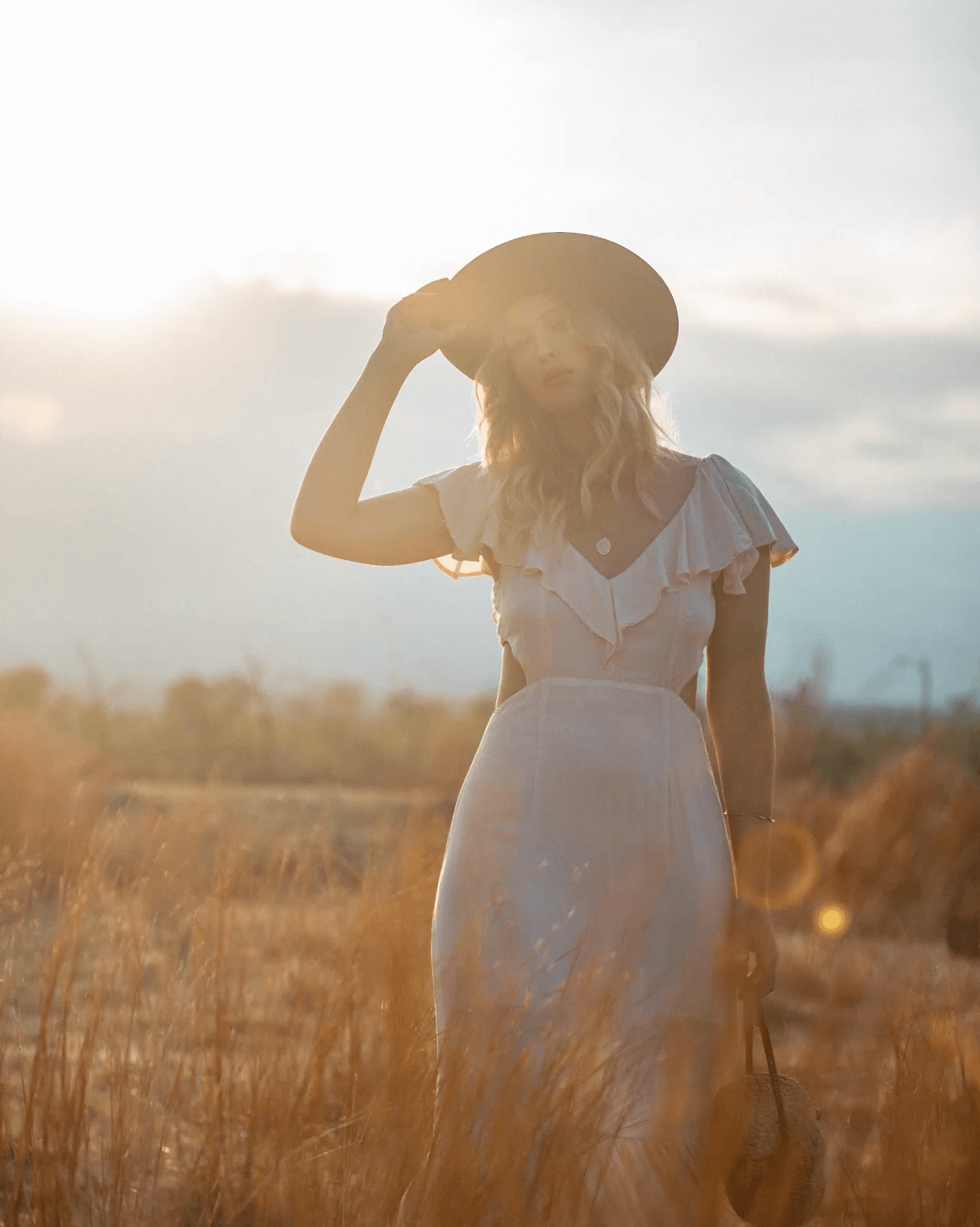
The backlit technique is going to be really tricky if you’re trying to shoot in harsh light, because rather than the shadows sort of having that smooth transition, you’re gonna be getting really hard contrast. Regardless it can be really appealing depending on what you’re going for. But generally speaking, if you want to capture slightly backlit photos, definitely try to do it around golden hour.
Take these principles into consideration and prioritize what’s important to you. And when it comes to shooting golden hour, I promise, waking up that hour or two earlier will almost always pay off in the end. Good luck!